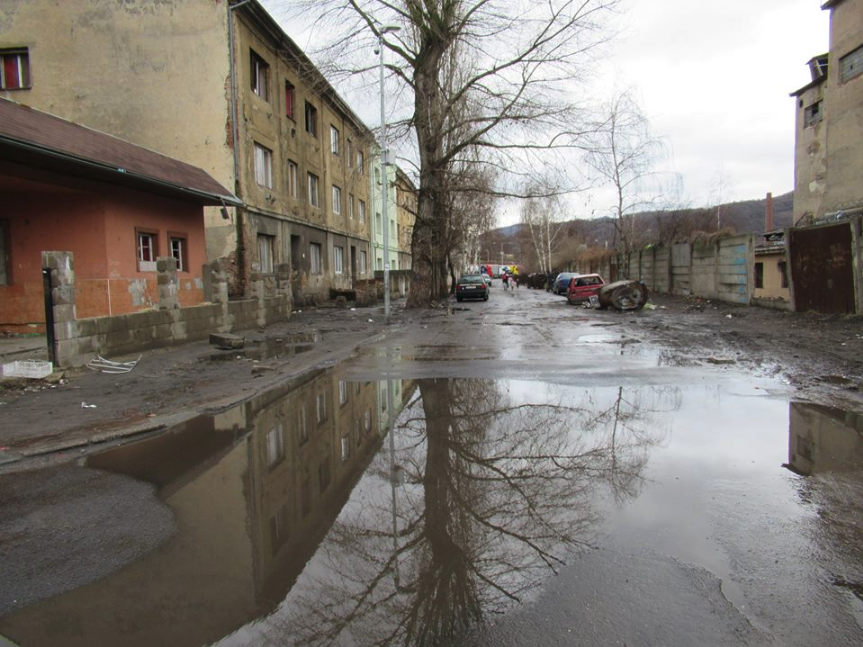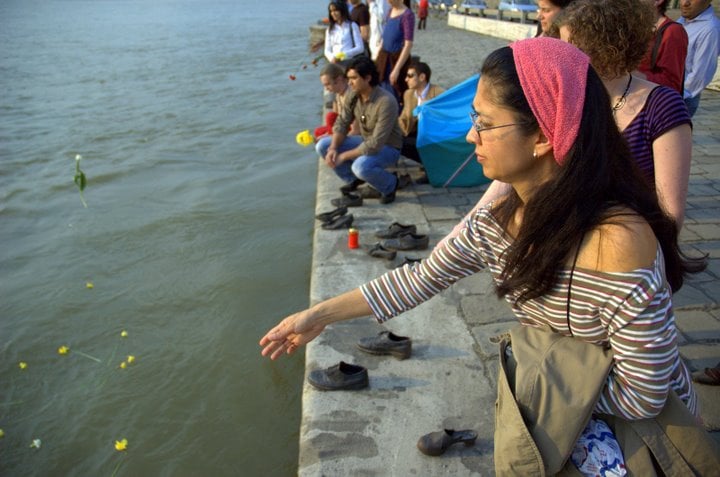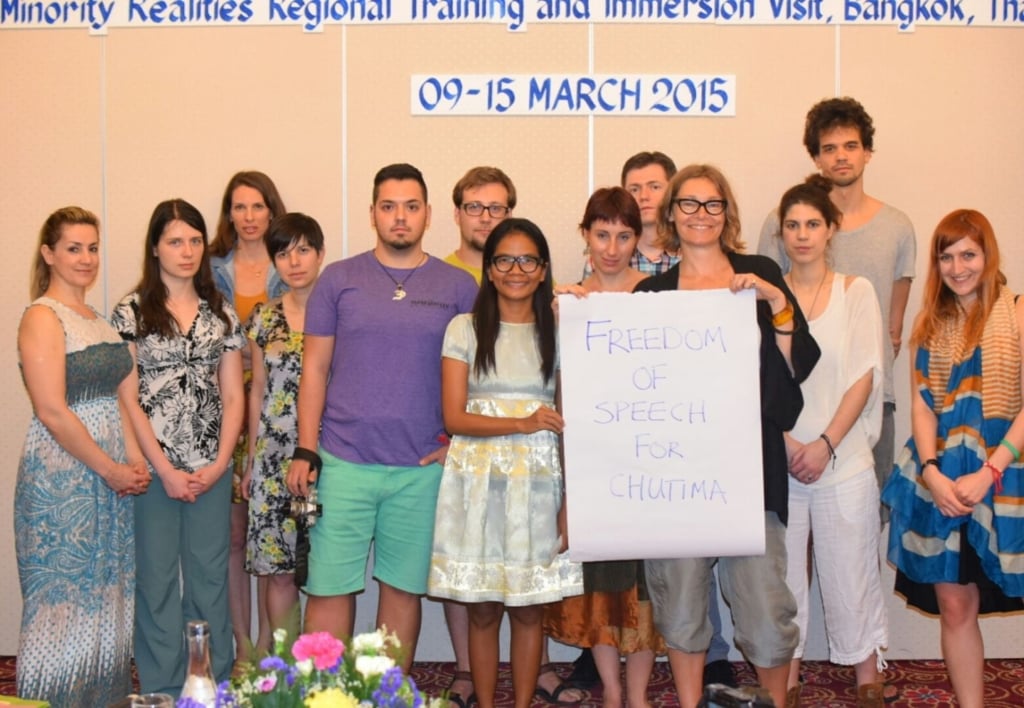Main languages: Czech, Slovak, Polish, German.
Main religions: Roman Catholicism, Protestantism (mainly Lutheran).
Minority groups include Moravians, Slovaks, Polish, Germans, Ukrainians, Hungarians, Russians, Roma, Silesians, Jews, Bulgarians, Croats, Ruthenians (Rusyns), Greeks and Serbs.
According to the 2001 Census, a ‘nationality’ other than Czech was reported by 980,283 persons (9.4 per cent of the population). The largest groups were: 380,474 Moravians (3.7 per cent), 193,190 Slovaks (1.9 per cent), 51,968 Polish (0.5 per cent), 39,106 Germans (0.4 per cent), 22,112 Ukrainians (0,2 per cent), 14, 672 Hungarians (0.1 per cent), 12,369 Russians (0,1 per cent), 11,746 Roma (0.1 per cent), 10,878 Silesians (0.1 per cent). While the 2001 Census figures indicate that there are 11,746 Roma and 23,211 speakers of the Roma language, unofficial estimates, which are not contested by the authorities, put the real number of Roma living in the Czech Republic at 150,000–200,000. The Jewish community, which numbered over 180,000 people before the Holocaust, is variously estimated at between 3,000 and 8,000. There are also small numbers of Bulgarians, Croats, Ruthenians (Rusyns), Greeks, as well as Serbs.
The census figures show a marked decrease, since the previous census in 1991, in the number of persons declaring an ethnic origin other than that of the majority. The authorities see this as reflecting an increasing tendency on the part of respondents not to identify with national minorities. Various reasons for this have been suggested, for example, greater homogeneity within Czech society, the optional character of the ethnic question, increased integration of certain groups, refusal or reluctance to declare an ethnic origin other than that of the majority, or terminological confusion (failure to distinguish the terms indicating Czech citizenship and ethnic affiliation). Minority representatives, on the other hand, consider that this is also due to certain organizational shortcomings of the census, such as failure to publicize the availability of forms in minority languages, and a lack of transparency in selecting persons belonging to national minorities to serve as census-takers. In the run-up to the census, certain media pointed to the danger that personal data might be misused, and this also seems to have been a significant factor.
As in the previous census, ‘Moravians’ or ‘Silesians’ (comprising 391,352 persons) figure again among large groups amongst the population on the basis of self-identification. However, the size of both groups was considerably reduced, in both absolute and relative terms: over 1.36 million or 13 per cent of the population identified themselves as ‘Moravian’ in 1991, while 44,446 or 0.4 per cent of the population identified as ‘Silesian’ in 1991. According to the authorities, this self-identification in no way denotes ethnic affiliation, but simply reflects these persons’ wish, for historical or other reasons, to associate themselves with a regional identity, instead of indicating an ethnic origin.
In December 2004 Radio Prague stated that: ‘There are over 30,000 Vietnamese living in the Czech Republic and according to estimates some 3,500 are involved in business. Many work at the Vietnamese-run open-air markets familiar all over the Czech Republic, selling everything from underwear to electronics. There have been several occasions when customs officers have discovered and confiscated counterfeit merchandise at these markets, and sometimes these raids have even led to violent clashes with the vendors.’



 Video on demand
Video on demand 



